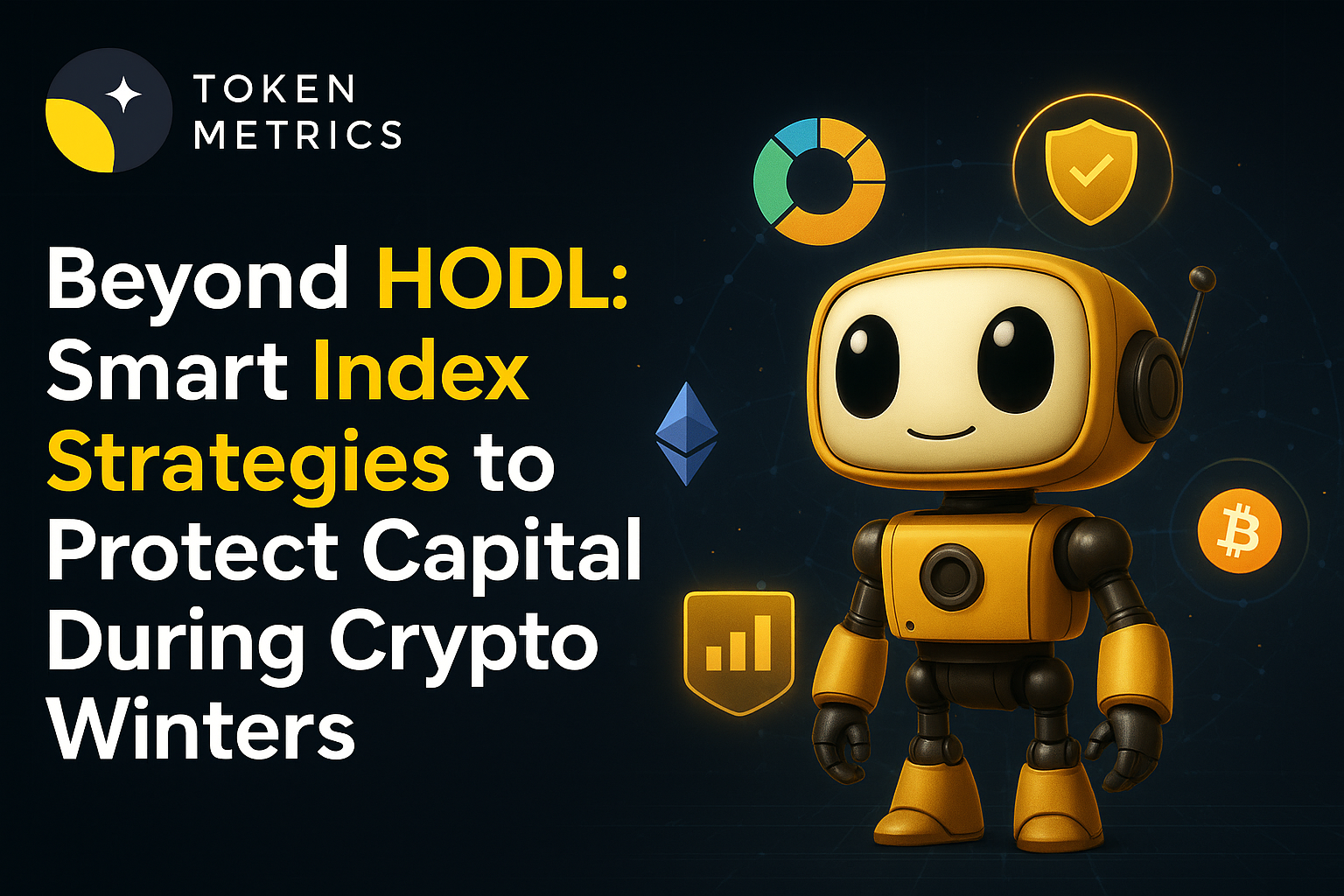
What is a Bull Trap - A Comprehensive Guide for Traders and Investors

In the world of trading and investing, bull traps can be a significant threat to your portfolio. A bull trap is a deceptive market signal that tricks you into thinking that a particular asset or market is going up, when in reality, it is about to fall. This can result in significant losses if you're not careful.
Identifying bull trap patterns can be tricky, but with the right knowledge, you can protect your investments and avoid costly mistakes.
In this comprehensive guide, we'll take a closer look at the bull trap, how it works, how to identify it with examples and most importantly, how you can avoid falling into it.
What is a Bull Trap?
This term bull trap refers to a deceptive market scenario in which an asset appears to be experiencing a significant upward trend, leading traders to believe that it is a good time to buy. However, the reality is that this uptrend is a false signal, and the price is about to take a sharp dive.
Typically, a bull trap happens when a stock or market shows signs of an upward trend, such as rising prices or trading volume. However, instead of continuing to rise, the stock or market suddenly drops, catching traders and investors off-guard.
Psychologically, bull traps can occur when bulls fail to support a rally above the breakout level due to a lack of momentum and/or profit-taking. As a result, bears may take advantage of this and sell the security, causing prices to drop below the resistance level. This can trigger stop-loss orders, which are designed to limit losses when the security price falls below a predetermined level.
How Does Bull Trap Work?
Bull traps work by exploiting the natural human tendency to follow trends. When a stock or market shows signs of an upward or bullish trend, traders and investors often assume that the trend will continue.
This assumption can lead them to buy into the stock or market, driving prices up even further. However, at a certain point, the trend may start to weaken, and those who bought into the stock or market may start to sell, causing prices to drop.
How to Identify a Bull Trap?
Bull traps can be difficult to spot, but there are some signs to look out for. Here are some of the most common signs of a bull trap:
Sudden price increases: If a particular asset or market suddenly jumps in price without any strong reason, it may be a sign of a bull trap.
High trading volume: If an asset experiences a sudden surge in trading volume, it may be a sign of a bull trap.
Overbought indicators: If technical indicators show that a particular asset is overbought, it may be a sign of a bull trap.
False breakouts: If a stock or digital asset breaks out of a trading range but quickly falls back into it, it may be a sign of a bull trap.
Bull Trap Chart
The example of a bull trap can be observed in the chart depicted below.

Examples of a Bull Trap
An example of a bull trap in the world of cryptocurrency can be seen in the case of Bitcoin's price fluctuations in early 2021. After reaching an all-time high of nearly $65,000 in April 2021, Bitcoin experienced a significant price correction, dropping to around $30,000 by the end of May.
However, in early June, the price of Bitcoin suddenly spiked, reaching a value of nearly $42,000. Many traders saw this uptick as a signal that the bearish trend was over, and it was a good time to invest. Unfortunately, this surge was short-lived, and the price soon plummeted again, eventually dropping to below $30,000 once more.
Another example of a bull trap occurred in the early 2000s during the dot-com bubble. During this time, many technology stocks experienced massive price increases, with some stocks increasing by over 1000%. However, in 2001, the bubble burst, and many of these companies went bankrupt, wiping out billions of dollars in wealth.
These scenarios are a classic example of a bull trap, as the market lured traders into believing that the uptrend would continue, only to sharply reverse direction and leave many traders with significant losses.
How to Avoid Falling into a Bull Trap?
Avoiding a bull trap requires a combination of knowledge, discipline, and patience. Here are some tips to help you avoid falling into a bull trap:
Do your research: Before investing in a stock or market, make sure you thoroughly research it. Look at its financials, read news articles, and consider any technical indicators that may be relevant. This will help you make a more informed decision and avoid falling for a bull trap.
Use stop-loss orders: A stop-loss order is an order to sell a stock or market if it falls below a certain price. By using a stop-loss order, you can limit your losses in case the stock or market experiences a sudden drop.
Be patient: One of the biggest mistakes traders and investors make is buying into a stock or market too early. Instead, be patient and wait for the right entry point. This will help you avoid buying into a bull trap.
Follow your trading plan: It's essential to have a trading plan that outlines your entry and exit points. By following your plan, you can avoid making impulsive decisions that may lead you into a bull trap.
Stay informed: Finally, make sure you stay informed about the stock or market you're investing in. This includes keeping up with news and market trends, as well as paying attention to any technical indicators that may be relevant.
Strategies for Dealing with a Bull Trap
If you find yourself caught in a bull trap, there are several strategies you can use to minimize your losses:
Cut your losses: One of the most important things you can do is cut your losses early. Don't hold onto a stock or market hoping that it will recover. Instead, take a small loss and move on to the next opportunity.
Hedge your position: Another strategy is to hedge your position. This means taking a position in a stock or market that is negatively correlated to your current position. For example, if you're long on a stock, you may want to short a stock in a similar industry to hedge your position.
Take profits: If you've already made a significant profit, it may be a good idea to take some profits off the table. This will help you lock in your gains and minimize your losses if the stock or market experiences a sudden drop.
Difference Between Bull Trap and Bear Trap
Let's delve into the difference between a bull trap and a bear trap. While both scenarios involve a false signal in the market, they refer to opposite situations.
A bull trap occurs when the market appears to be experiencing an uptrend, leading traders to believe that it is a good time to buy, but the price then sharply drops.
Conversely, a bear trap occurs when the market appears to be experiencing a downtrend, leading traders to believe that it is a good time to sell, but the price then suddenly increases.
Both traps are intended to deceive inexperienced traders and lure them into making poor investment decisions. It's crucial to keep a keen eye on market trends and indicators to avoid falling into either trap.
Conclusion
In conclusion, a bull trap can be a costly mistake for inexperienced traders and investors. It's important to thoroughly analyze the market trends and indicators to avoid falling prey to these traps.
Remember, the market can be unpredictable, and what appears to be a promising opportunity may turn out to be a trap. By staying vigilant and keeping an eye out for false signals, traders and investors can avoid making hasty investment decisions that could lead to significant losses.
With the knowledge gained from this comprehensive guide, traders and investors can navigate the market with greater confidence and avoid the pitfalls of bull traps. So, keep learning, stay informed, and happy trading!
Disclaimer
The information provided on this website does not constitute investment advice, financial advice, trading advice, or any other sort of advice and you should not treat any of the website's content as such.
Token Metrics does not recommend that any cryptocurrency should be bought, sold, or held by you. Do conduct your own due diligence and consult your financial advisor before making any investment decisions.

.svg)

Create Your Free Token Metrics Account

.png)




%201.svg)
%201.svg)


%201.svg)









.svg)




.png)